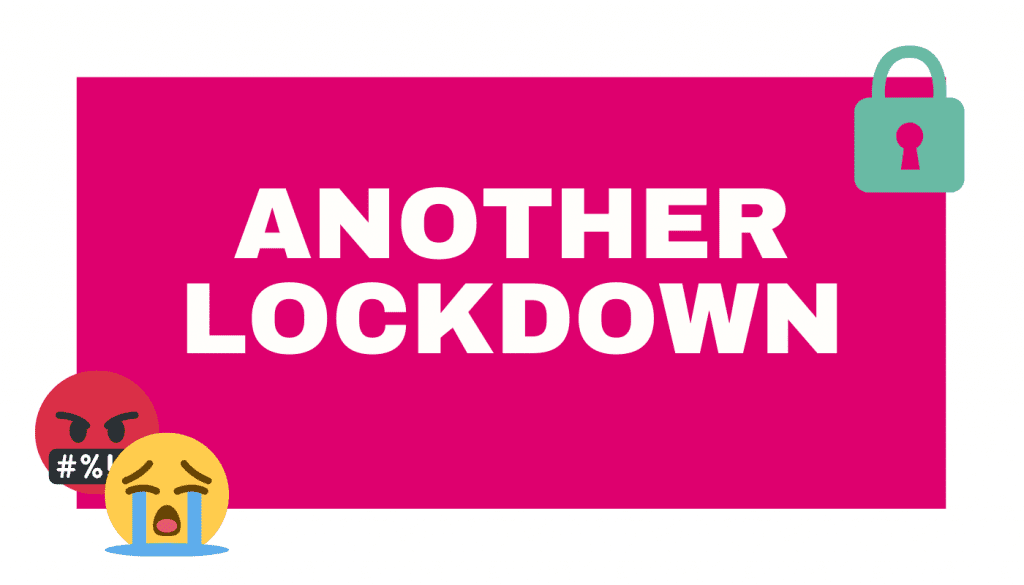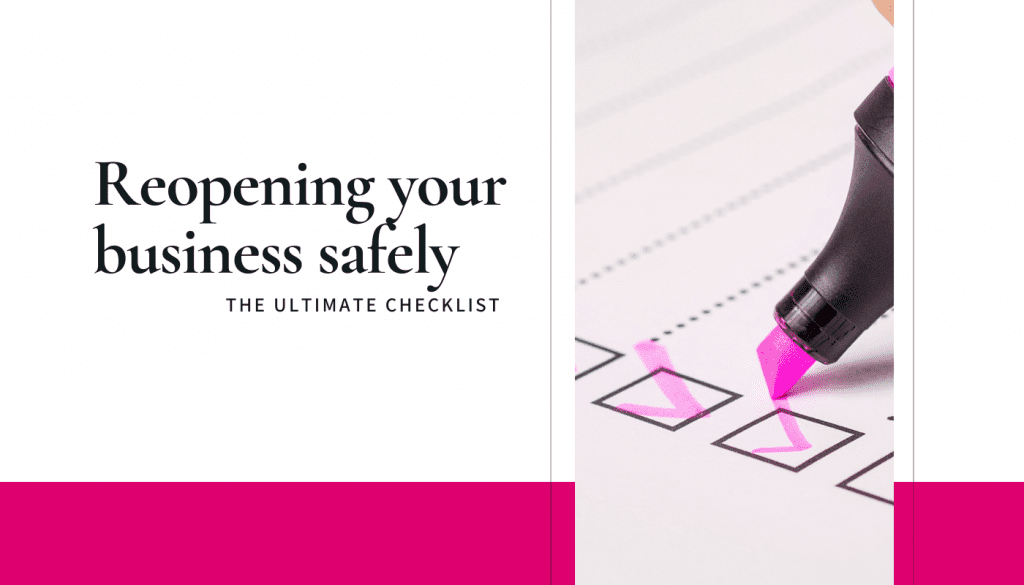
Yesterday the English government formally announced it’s 4 steps out of lockdown and all social distancing restrictions. The welsh and…

Yesterday the English government formally announced it’s 4 steps out of lockdown and all social distancing restrictions. The welsh and…

Lockdown 3.0 has felt like an eternity. However, there is a light at the end of the tunnel with the…

Out of all the ‘new things’ that the Coronavirus pandemic has brought about (social distancing, lockdowns, and global remote working…

For a business to grow sustainably (and to successfully make it through the financial bumps in the road), cash flow…

As we keep plunging deeper into a global recession, it can be tempting to panic and dither with decisions, but…

As author Dough Hall correctly put it, “if your profit margins aren’t rising, chances are your company isn’t thriving.” Makes…

The pandemic may have forced hundreds of businesses to convert from co-located teams to 100% virtual teams in a matter…

Yesterday the Scottish and English governments announced national lockdowns with schools being closed. The net result being all of England…

We may not know when things will be going back to normal, even now that a Covid vaccine is on…

As most working professionals spend a third of their time at work, it’s been a massive adjustment for the millions…